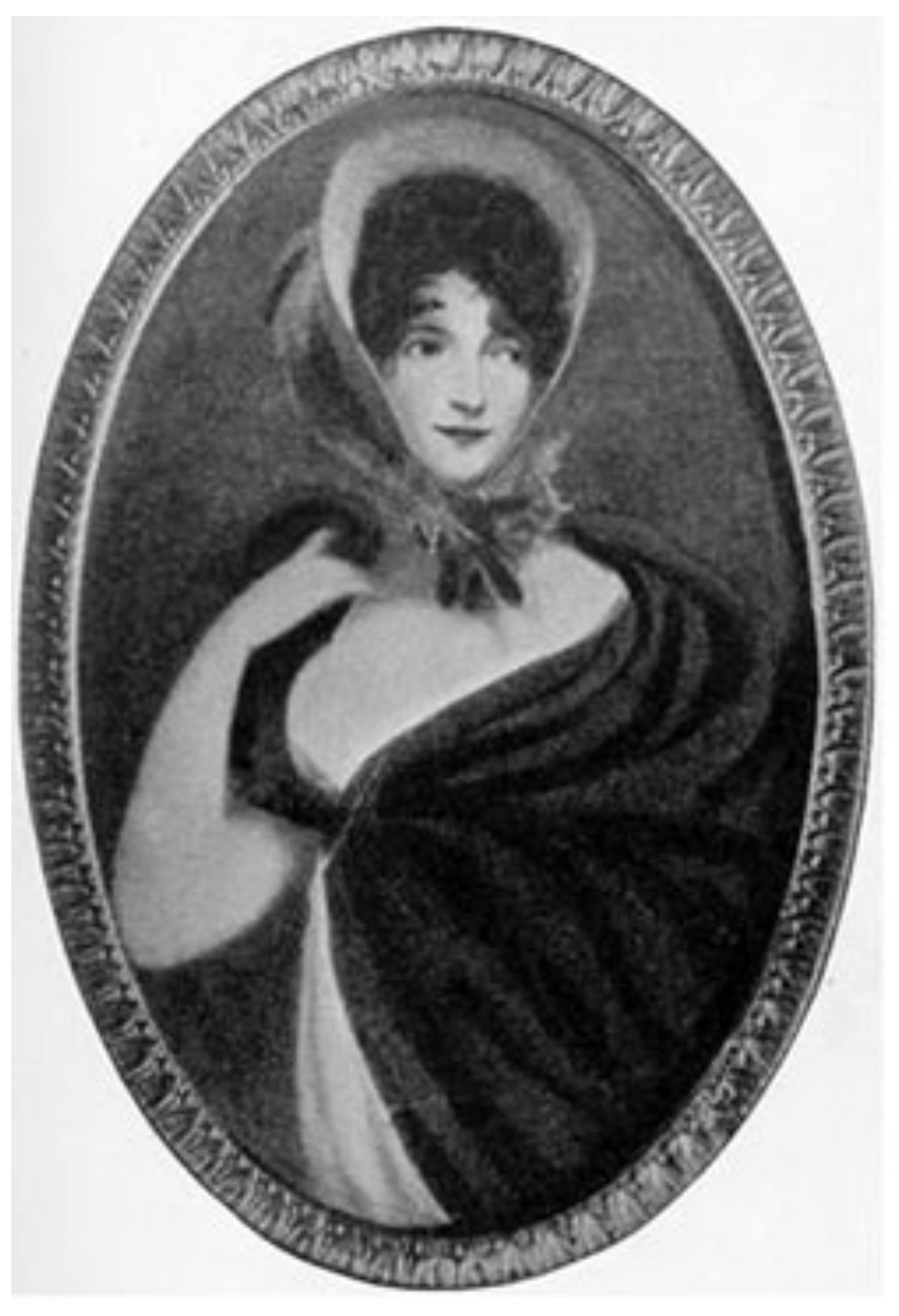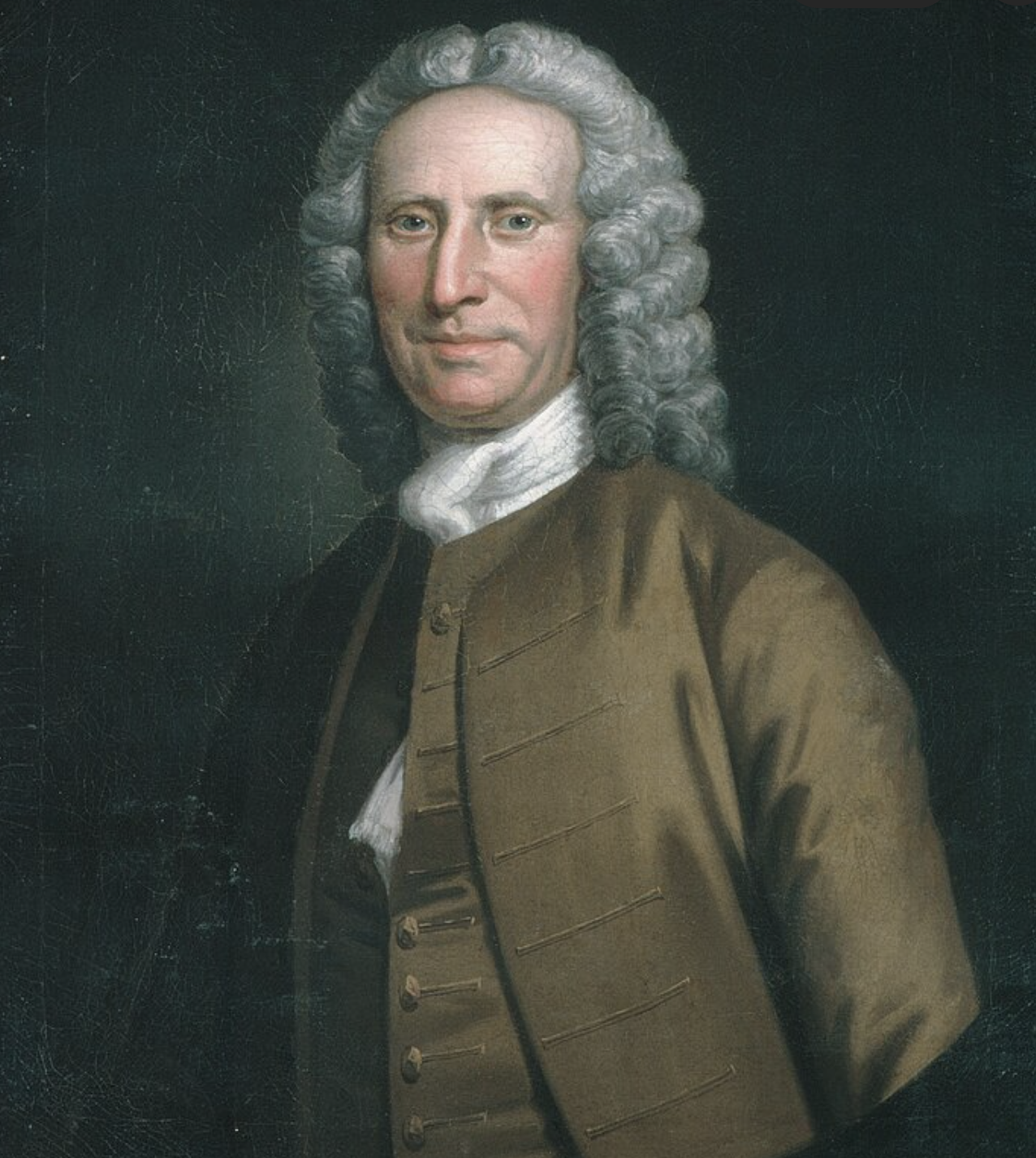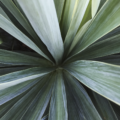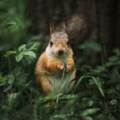Meet Jane Colden, America’s First Female Botanist, Through the Men Who Knew Her Best
"Cadwallader gave Jane access to his impressive botanical library; he even shared his correspondence with her and allowed her to interact with the many botanists who visited the family's estate."
January 20, 1756
On this day, Peter Collinson wrote to John Bartram about Jane Colden.
Our friend, Colden's daughter, has… sent over several sheets of plants, very curiously anatomized after [Linnaeus's] method.
I believe she is the first lady who has attempted anything of this nature.
Peter Collinson was one of the first botanical experts to recognize Jane Colden as the first female botanist in America.
Jane took part in something akin to our modern-day plant swaps called the Natural History Circle - an event where American colonists and European collectors exchanged seeds and plants.
Jane’s father was the Scottish-American physician, botanist, and Lieutenant Governor of New York, Cadwallader Colden (CAD-wah-LIDDER).
Aside from his political endeavors, Cadwallader enjoyed botany and practiced the new Linnaean system.
A proud dad, Cadwallader, wrote to his friend Jan Gronovius about his decision to give Jane a botanical education.
I (have) often thought that botany is an amusement which may be made greater to the ladies who are often at a loss to fill up their time…
Their natural curiosity and the pleasure they take in the beauty… seem to fit it for them (far more than men).
The chief reason that few or none of them have applied themselves to (it)… is because all the books of any value are (written) in Latin.
I have a daughter (with) an inclination... for natural philosophy or history…
I took the pains to explain Linnaeus's system to her and put it in English for her to use - by freeing it from the technical terms, which was easily done by using two or three words in the place of one.
She has now grown very fond of the study… she now understands to some degree Linnaeus's characters [even though] she does not understand Latin.
She has already (written) a pretty large volume in writing the description of plants.
Cadwallader gave Jane access to his impressive botanical library; he even shared his correspondence with her and allowed her to interact with the many botanists who visited the family's estate.
In 1754, at Coldenham, when Jane was 30 years old, she met a young William Bartram, who was less than half her age at just 14 years old. She also met with the Charleston plantsman Alexander Garden, who was only 24 years old.
In 1758, Walter Rutherford wrote to a friend after visiting the Colden home, Coldingham, and he described Cadwallader, his house, and his 34-year-old daughter Jane this way:
We made an excursion to Coldingham...
From the middle of the woods, this family corresponds with all the learned societies in Europe…. his daughter Jenny is a florist and a botanist. She has discovered a great number of plants never before described and has given their properties and virtues [in her descriptions].... and she draws and colors them with great beauty…
She (also) makes the best cheese I ever ate in America.
Today, the genus Coldenia in the borage family is named after Jane's father, Cadwallader Colden.
After Jane discovered a new plant, the Coptis trifolia, she asked Linnaeus to name it in her honor Coldenella - but he refused. With the common name Threeleaf Goldthread, Coptis trifolia is a woodland perennial plant in the buttercup family with glossy evergreen leaves.
The long golden-yellow underground stem gives the plant the Goldthread part of its common name. Native Americans used to dig up the yellow stem and chew on it as a canker sore remedy, which is how it got its other common name: canker root.
This post was featured onThe Daily Gardener podcast:
helping gardeners find their roots,
one story at a time





